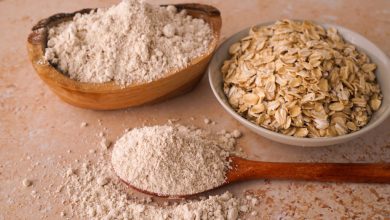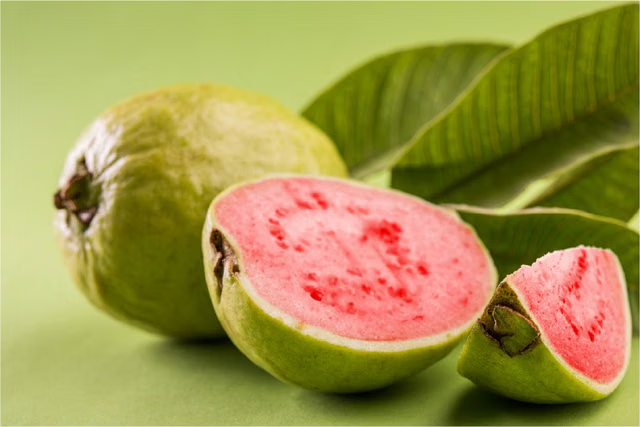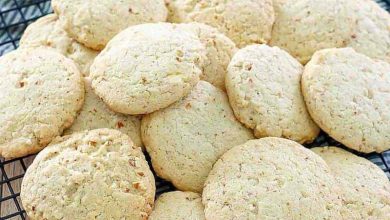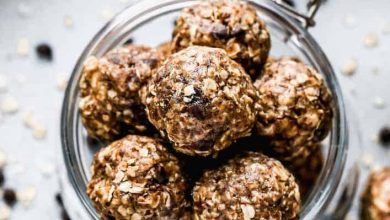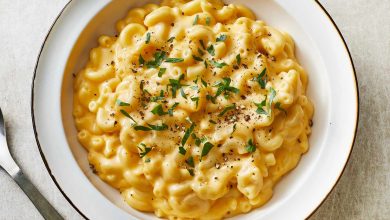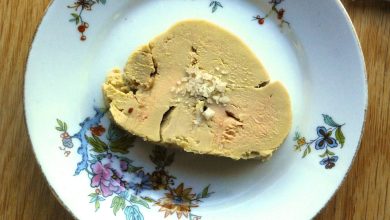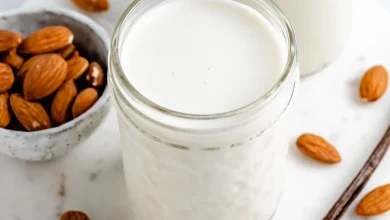Seatrout (Mixed Species, Raw) – Nutritional Information
Seatrout, a prized fish from the coastal waters, is known for its delicate flavor and nutritional richness. This mixed-species raw seatrout provides a variety of essential nutrients while being a lean source of protein. Whether you’re preparing a light fish dish or looking to boost your omega-3 intake, seatrout offers a nutritious and versatile option.
Nutritional Breakdown (per 100g)
| Nutrient | Amount |
|---|---|
| Energy | 104 kcal |
| Protein | 16.74 g |
| Fat | 3.61 g |
| Saturated Fats | 1.009 g |
| Carbohydrates | 0.0 g |
| Fiber | 0.0 g |
| Sugar | 0.0 g |
| Calcium | 17.0 mg |
| Iron | 0.27 mg |
| Magnesium | 31.0 mg |
| Phosphorus | 250.0 mg |
| Potassium | 341.0 mg |
| Sodium | 58.0 mg |
| Zinc | 0.45 mg |
| Copper | 0.03 mcg |
| Manganese | 0.015 mg |
| Selenium | 36.5 mcg |
| Vitamin C | 0.0 mg |
| Thiamin (B1) | 0.06 mg |
| Riboflavin (B2) | 0.17 mg |
| Niacin (B3) | 2.4 mg |
| Vitamin B6 | 0.4 mg |
| Folate (B9) | 5.0 mcg |
| Vitamin B12 | 3.0 mcg |
| Vitamin A | 30.0 mcg |
| Vitamin E | 0.0 mg |
| Vitamin D2 | 0.0 mcg |
Allergen Information
Seatrout is a fish, and as such, it may trigger allergic reactions in individuals with fish allergies. It is important to verify that no cross-contamination occurs when preparing this dish, especially when cooking for individuals with known seafood sensitivities.
Dietary Preferences
Seatrout is an excellent choice for various dietary plans, including:
- High-Protein Diets: With 16.74 grams of protein per 100 grams, seatrout is a great source of lean protein, making it suitable for fitness enthusiasts and those looking to increase their muscle mass.
- Low-Carb Diets: With zero carbohydrates, seatrout is ideal for low-carb and ketogenic diets.
- Paleo and Whole30: As a whole, unprocessed food, seatrout fits well into paleo and Whole30 meal plans.
- Gluten-Free: Naturally gluten-free, this fish is perfect for those with gluten sensitivities or celiac disease.
Cooking Tips & Advice
Seatrout can be prepared in various ways—grilled, pan-seared, baked, or even poached. Its mild taste and flaky texture make it perfect for simple seasoning with herbs like dill, thyme, or parsley, along with a squeeze of fresh lemon juice. For a light and healthy meal, try pairing it with roasted vegetables or a fresh salad.
- For Grilling: Brush the fish with olive oil and season with salt, pepper, and your favorite herbs. Grill for about 4-5 minutes on each side, or until the flesh is opaque and flakes easily.
- For Baking: Preheat your oven to 375°F (190°C). Place the fish on a baking sheet lined with parchment paper, drizzle with olive oil, and bake for 10-15 minutes, depending on thickness.
Conclusion
Seatrout is an exceptional fish rich in protein, healthy fats, and essential minerals. It’s an ideal choice for anyone looking to add a nutritious and flavorful fish to their diet. Its versatility in cooking, combined with its array of health benefits, makes it a great addition to any meal plan. Whether you’re grilling it for a quick dinner or preparing a gourmet fish dish, seatrout brings both taste and nutrition to the table.



